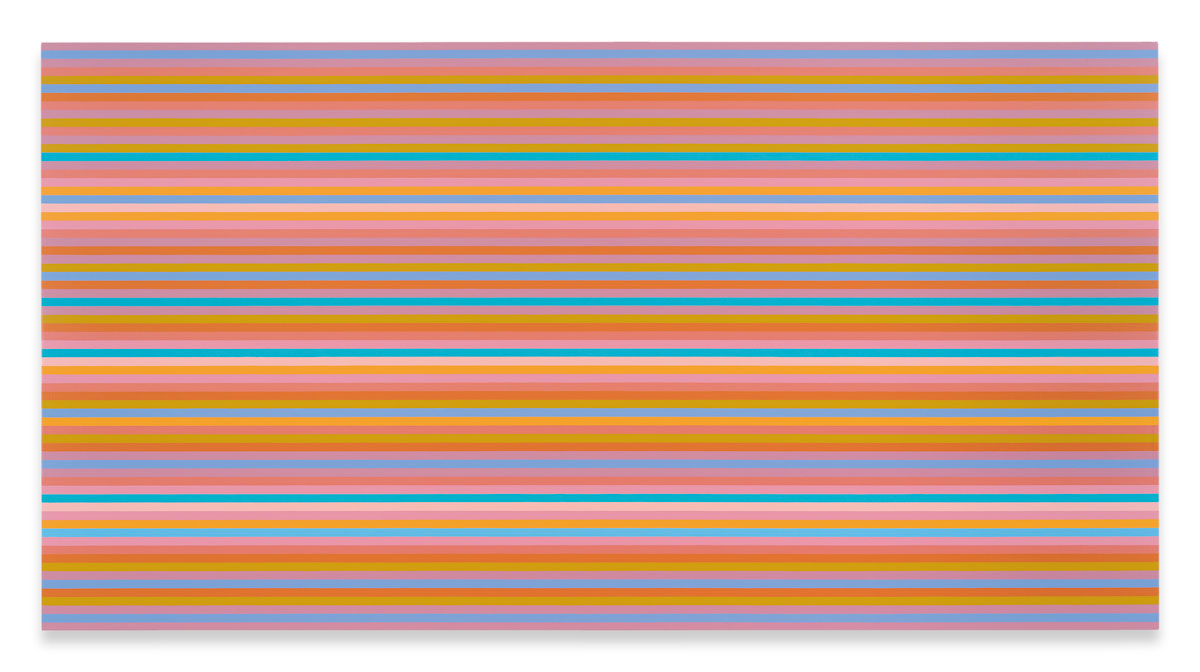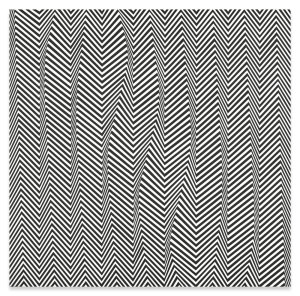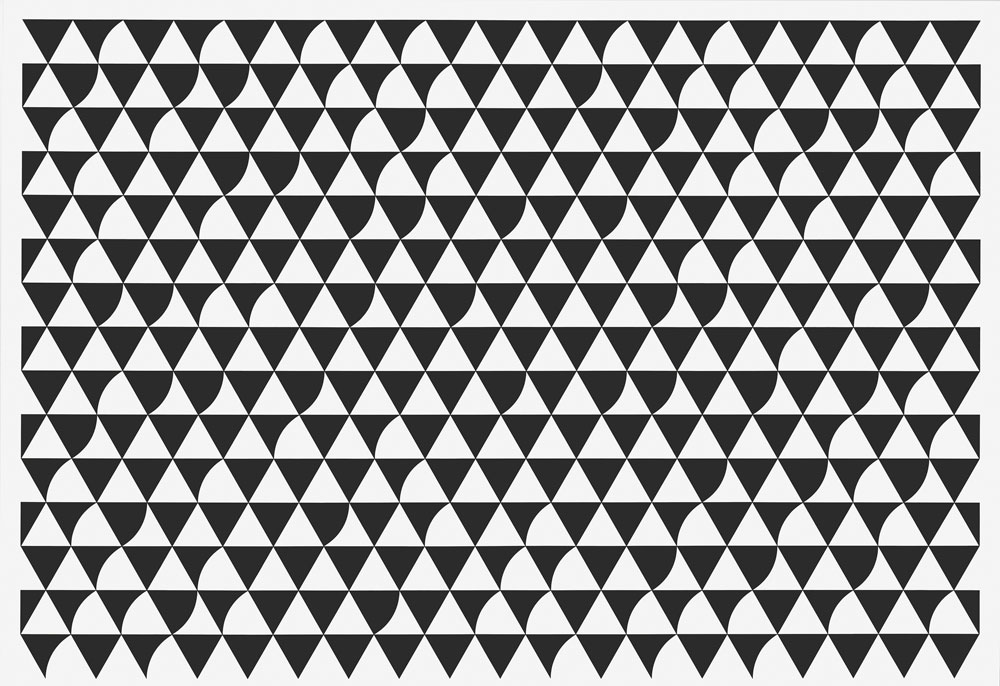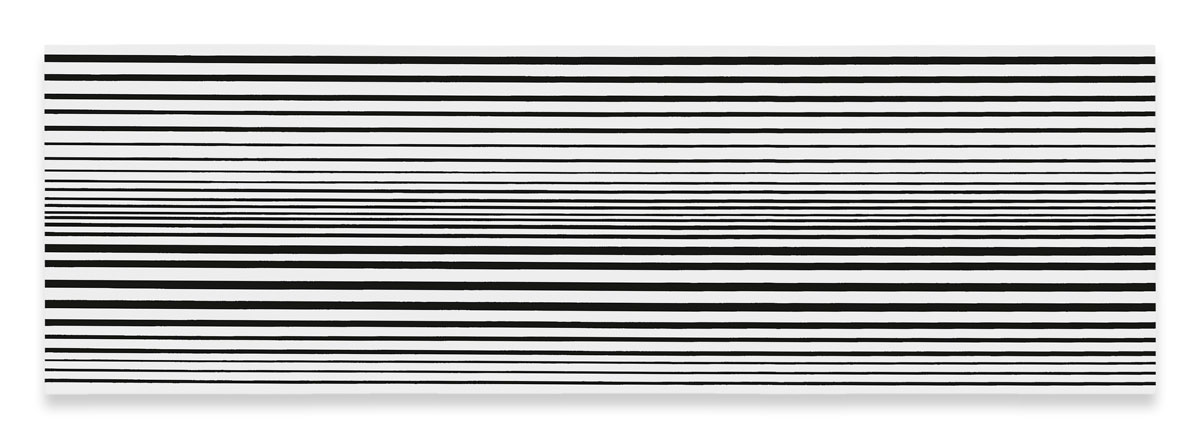ART CITIES:Los Angeles -Bridget Riley

Bridget Riley may be best known for her analysis of optical phenomena in geometrical black and white paintings that define her starting point and made her one of the central figures in the Op art movement of the 60’s. In the stunning colour work that followed, she continued her exploration of perception through the relationship between structure and color, always causing disorientation to the viewer’s eye, as her paintings seem to flicker, to pulsate and to convey an internal life.
By Efi Michalarou
Photo: Sprüth Magers Gallery Archive

Comprising work made between 1960 and the present the exhibition “Bridget Riley: Painting Now” surveys the development of Riley’s career-long exploration of looking and seeing in relation to the capacities of painting and picture making. The subtitle of this exhibition, “Painting Now” is taken from that of Riley’s William Townsend Memorial Lecture, given at the Slade School of Fine Art, London, in 1996. In her lecture, Riley made a personal, generational and art-historical case for the tireless capacity of painting as a form of art, in the face of fashion or shifting ideas about its purpose or relevance, to be in a state of perpetual and inspirational renewal. The exhibition includes examples of early black-and-white paintings by Riley, such as “Horizontal Vibration” (1961) and “Descending” (1965), which at the time linked her work to the Op Art movement of the sixties, but are best understood as explorations into the gaps between visual phenomena, perception, and consciousness. Throughout the 1960s, Riley’s canvases expanded in scale and palette, leading to the monumental scope and flickering visual effects of stripe paintings such as “Late Morning 1” (1967). The stripe motif has remained an enduring feature of her practice, as evidenced by a recent Triad of canvases, “Memories of Horizons 1–3” (2014), whose bands of bright, rotating colors illustrate how the artist’s sustained attention to particular aesthetic combinations produces delicate atmospheric shifts from one painting to the next. Arranged by conceptual and compositional affinity rather than chronology, the exhibition offers visitors unusual insight into the artist’s thought processes, working methods, and deep engagement with the history of painting. An example from one of Riley’s earliest pointillist works inspired by Georges Seurat and Paul Cézanne, “Pink Landscape” (1960), is placed in dialogue with a minimalist painting comprised of gradated gray and black circles, or “discs.” Though the works’ figurative and abstract subjects may be unrelated, the scintillating visual effects that Riley creates in both canvases, using her repetitive, gradually shifting strokes, clearly connect them. The artist’s recent disc paintings and wall paintings from “Measure for Measure” and other series extend this line of inquiry into the present, with a palette of orange, lavender and green that links full circle back to the artist’s early landscapes. Throughout her paintings, Riley places specific colors one next to the other so as to question how we observe chromatic relationships in different contexts.
Info: Sprüth Magers Gallery, 5900 Wilshire Boulevard, Los Angeles, Duration: 16/11/18-26/1/19, Days & Hours: Tue-Sat 10:00-18:00, http://spruethmagers.com


